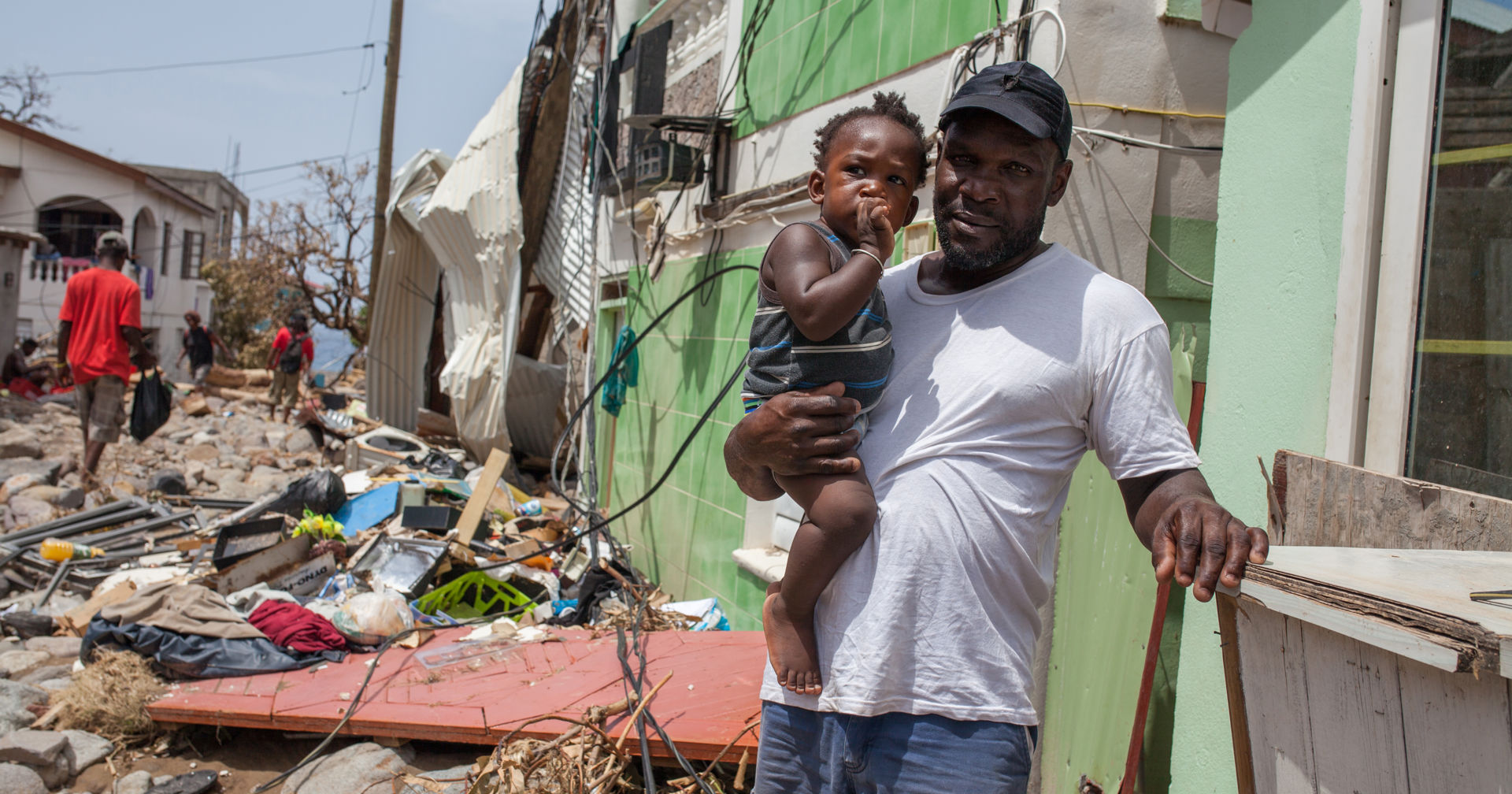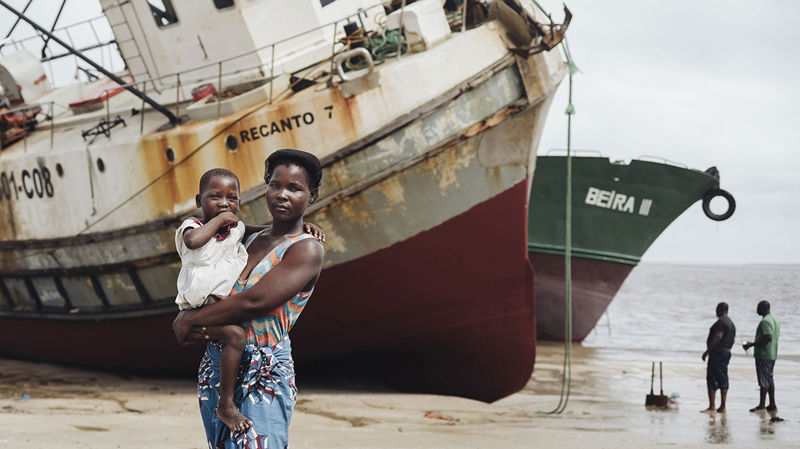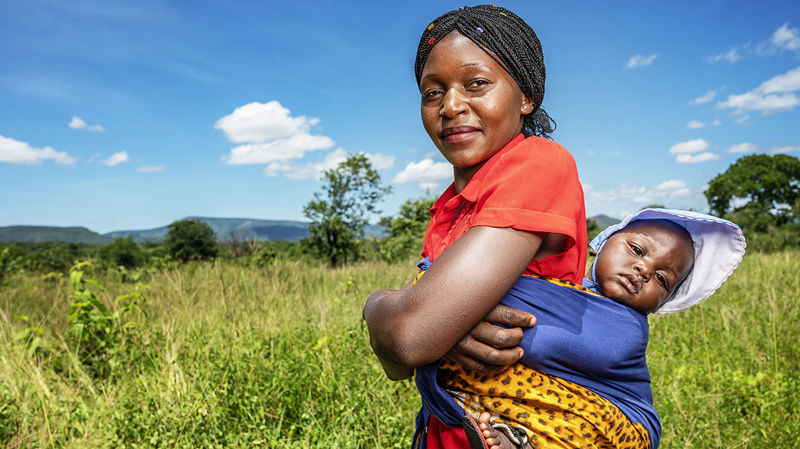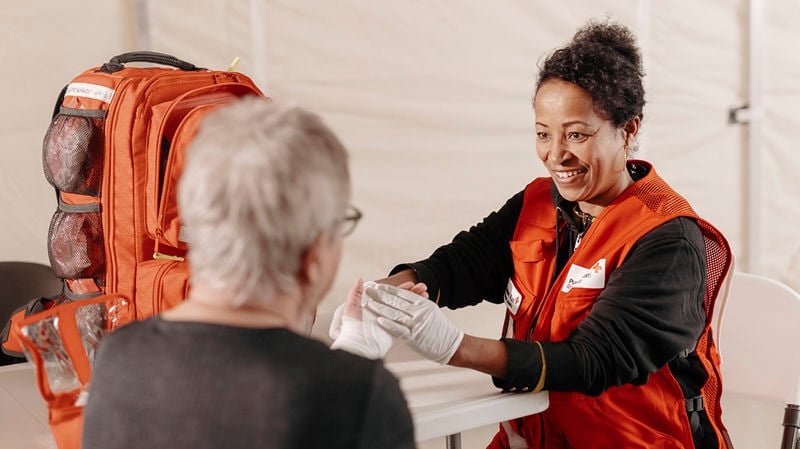Tropical cyclones

At their worst, tropical cyclones can cause deaths, injuries and considerable material damage. Climate change is making them increasingly powerful.
A tropical cyclone is a strong low-pressure system that develops between the tropics, producing powerful winds. These storms are known as hurricanes, typhoons, or tropical cyclones, depending on where they occur.
At their worst, tropical cyclones can cause deaths, injuries, and extensive material damage by tearing down buildings and destroying infrastructure such as roads and bridges. These storms also destroy livelihoods. Storm surges and floods can carry saltwater onto farmland, making it infertile for years.
Heavy rainfall and flooding that often follow a tropical cyclone can also cause landslides. Floods also increase the risk of disease outbreaks by contaminating drinking water sources or damaging sewage systems.
Climate change is making tropical cyclones more powerful
Tropical cyclones develop near the equator, forming between July and November in the Northern Hemisphere and between January and March in the Southern Hemisphere. They require sea surface temperatures of at least 26 °C to form. As warm air rises over the ocean, it creates an area of low pressure. At the same time, the sea releases a large amount of water vapour, which is condensed into rain as it rises. This process releases more heat, further fueling the low-pressure system.
Storms with wind speeds of at least 33 m/s are classified as tropical cyclones. Winds of this strength are powerful enough to destroy buildings. A fully developed tropical cyclone can span 300–1,000 kilometres in diameter and reach heights of 10–15 kilometres. Winds, such as trade winds and monsoon winds, push tropical cyclones at a wind speed of 20–50 km/h from the sea towards land.
The strongest winds, heaviest rains, and the biggest waves occur just outside the eye of the storm. Once a tropical cyclone moves over land or cooler waters, it rapidly loses its power. This is because the storm is no longer powered by the water vapour released by the sea.
As climate change warms the oceans, storms are becoming more intense. Warm air can hold more moisture, increasing wind speeds and the amount of rainfall tropical cyclones produce. Additionally, rising sea levels worsen coastal flooding, amplifying the destruction.
The Red Cross helps to prepare for tropical cyclones
The Finnish Red Cross
- supports the development of early warning systems so storm alerts reach everyone, including the most vulnerable
- strengthens its own emergency response capacity to act quickly when warnings are issued
- trains and supports local communities and volunteer networks on standby to warn people about incoming storms and helps evacuate people to storm shelters
- assists in building more durable houses further away from the shoreline
- supports the construction of protective structures such as levees and barriers to reduce the impact of flooding and landslides.
The Red Cross is helping during tropical cyclones
The Finnish Red Cross
- mobilises volunteers to assist with evacuations
- supports authorities in search and rescue operations and providing first aid
- distributes emergency supplies, including tents, tarps, blankets, water containers, hygiene kits and food.
- provides medical care and emotional support
- distributes clean water and improves sanitation systems
- assists with rebuilding efforts and improves disaster preparedness.

Humanitarian aid

Development cooperation

Donate
